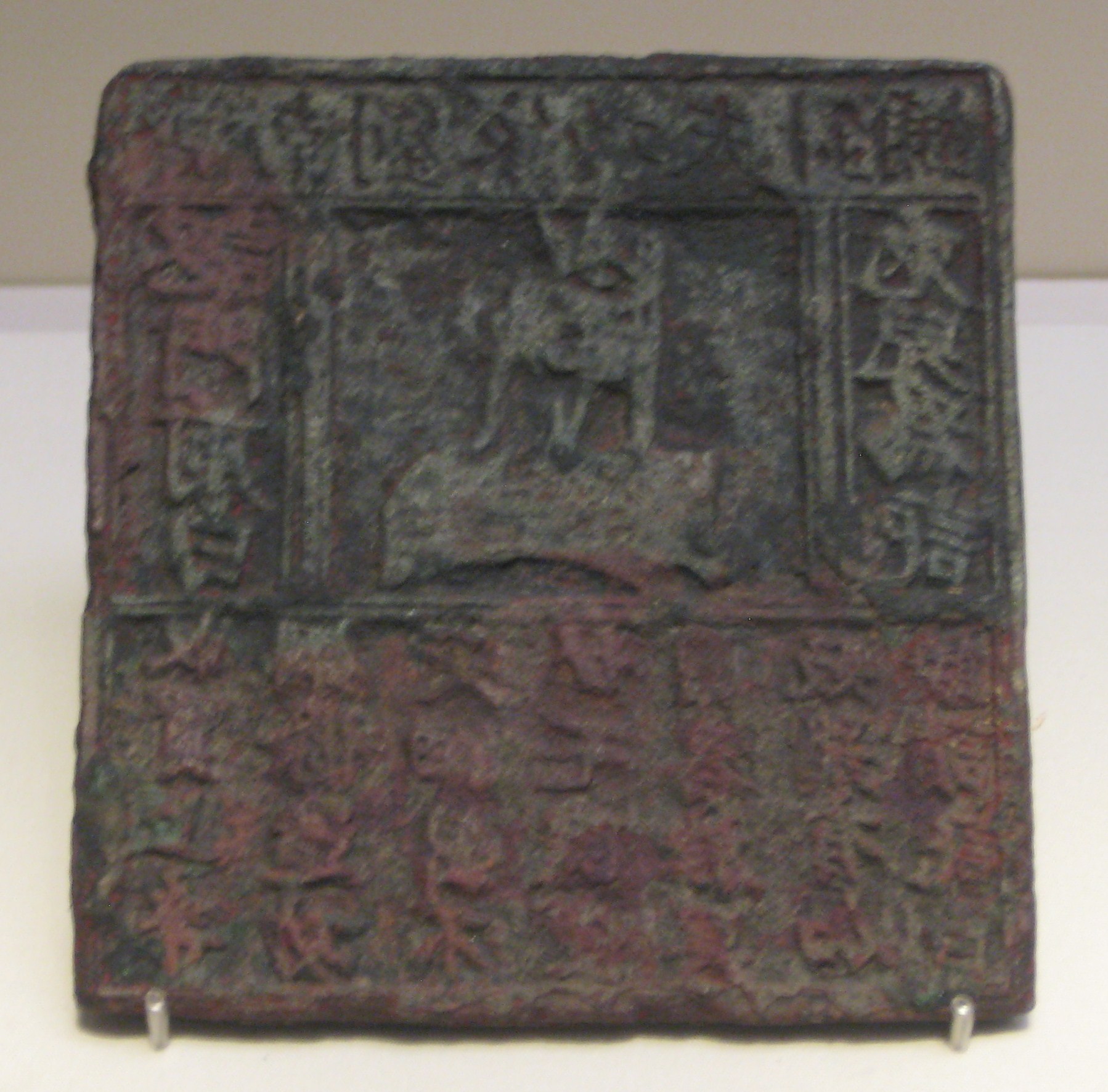
Bronze plate for printing an advertisement for the Liu family needle shop at Jinan. Song Dynasty (960-1279). Picture taken by BabelStone
What would we be without good old advertising? Advertising, ie a form of paid message that intents to promote or sell something (an idea, a service, a product) to someone, is nearly as old as society. I learned while looking around in order to write this post that the Egyptians did it and perhaps even before that (think of it as sponsored cave art saying who the best hunter is or at least that is what I thought when I read about it).
But enough with old times and let’s get back to the modern commercials and ads we all know and dislike (let’s be honest about it even the good ones are too much in the modern days).
There are different theories relating to what people are waiting for before purchasing anything and how to “influence” them. I said “influence” because it is not like we (yes all of us) are being brainwashed or anything like that. We are just exposed to different vectors of information that try to promote and sell us some things.
And as you might guess there is no single theory regarding how we are affected and how we respond (if there was one 100% accurate, there would be no need for the others). So let’s assume that our purchase action is a rather linear process (and by doing it I follow one model but I am oversimplifying the whole process) : we get from awareness (knowing that a brand/company/product exist) to interest (“wouldn’t it be great to have that as it would suit my lifestyle) to desire (“I want it” or “I don’t want it”) to action (I plan on buying it or I buy it).
The message and media are adapted for each part and for each target that a company want to reach. This means that they are most of the time prisoner of their/our own stereotypes and can only play in this field as it is quite complex to change completely the image of a product/brand. For example, in English (like in French), an Ersatz good is a replacement product for something but one of inferior quality, a connotation that this word doesn’t have in German. Now imagine how hard it would be for such a product to change this connotation only through advertising (and even with some help from others). History is full of companies trying to launch new products that don’t fit with their perceived sphere of influence and that fail.
So let’s get a look at tea: what do most people expect when they think of it? Old and exotic (since it was first produced in China) but classy (the English 5 o’clock tea) and thanks to the wonder of modern marketing good and the natural positioning that most of us have in mind good for health/diet/…
And guess what? Those are exactly the words used in the different advertising campaigns. The different companies use different positioning as they know that one product or one brand can’t do it all but they go there on this safe territory where we expect their teas to be.
No one will venture out on the unknown because we (not the we the ones that know a thing or two about tea but the other we, the one that is for everyone) would be lost and if we are lost, these companies would have to rebuild everything from scratch, something that can’t be afforded for a product that was around for so long.
To change the advertising we see, we need to have new expectations and to do that, people must be better tea litterated (this works for other products too). This is the only way to have companies changing the way they act.
After all, as said in Mad Men, “I’m not saying a new name is easy to find. And we will give you a lot of options. But it’s a label on a can. And it will be true because it will promise the quality of the product that’s inside.»

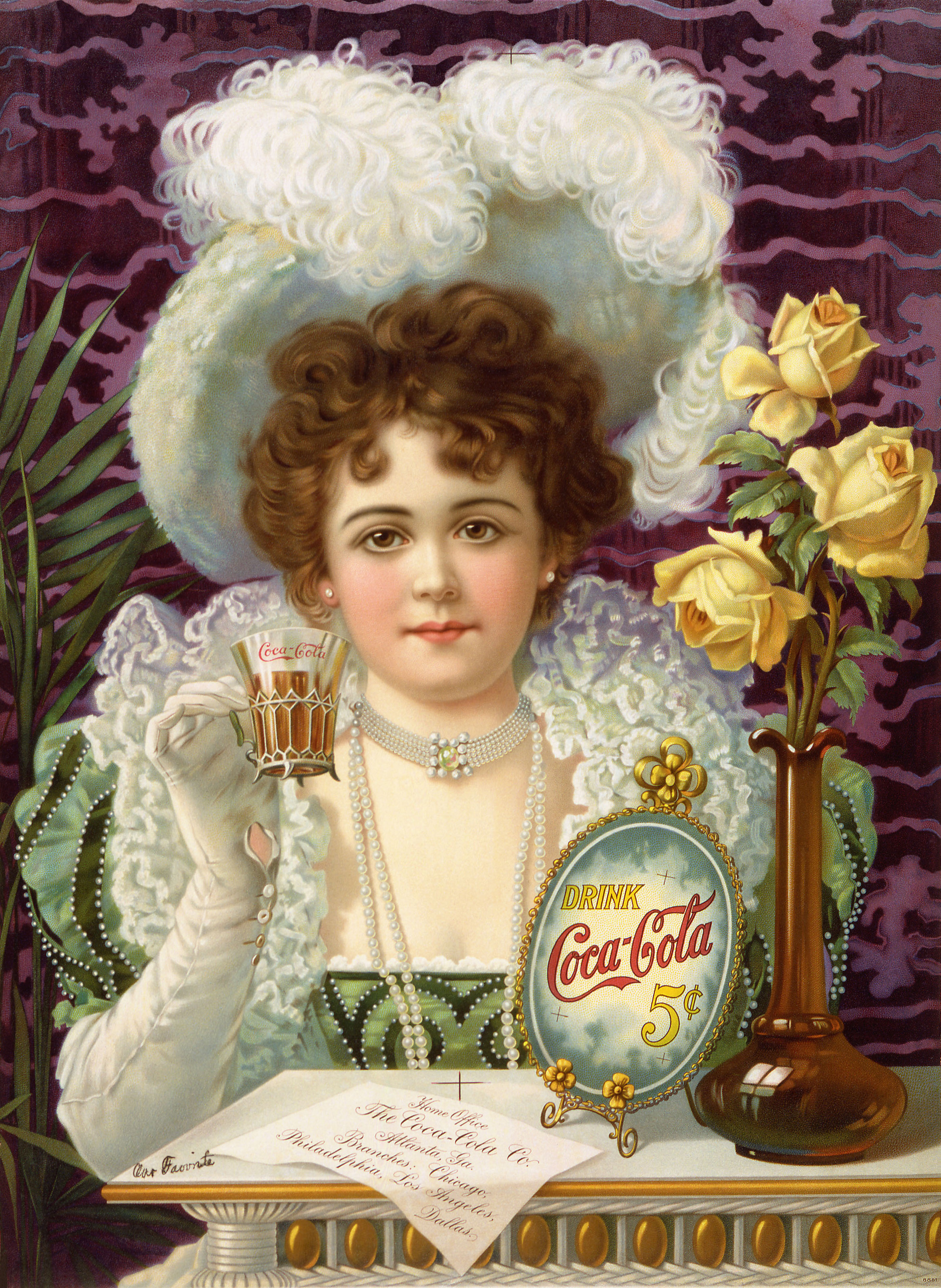
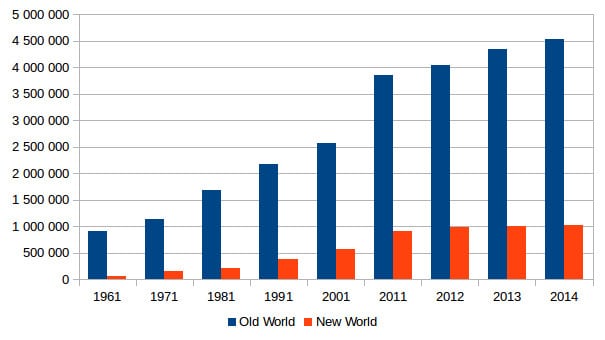
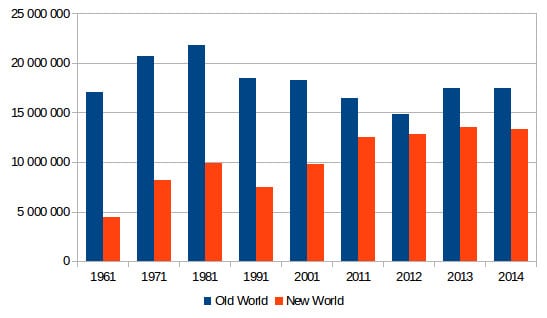
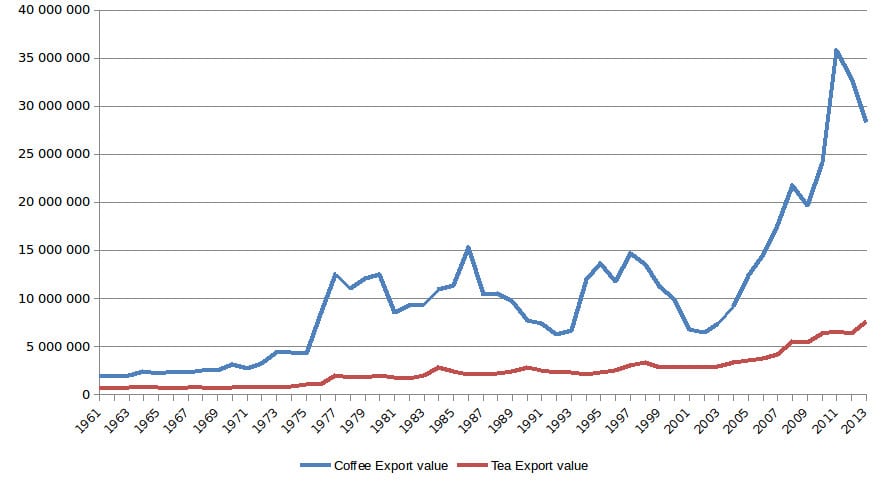
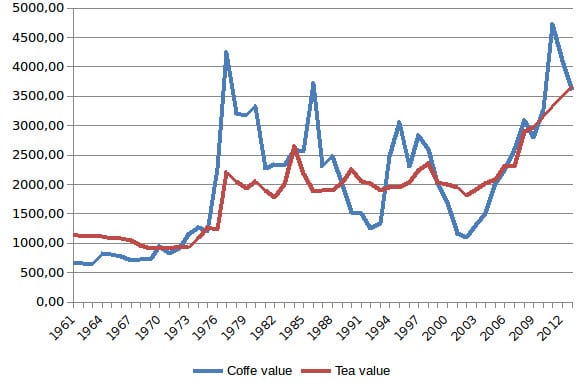
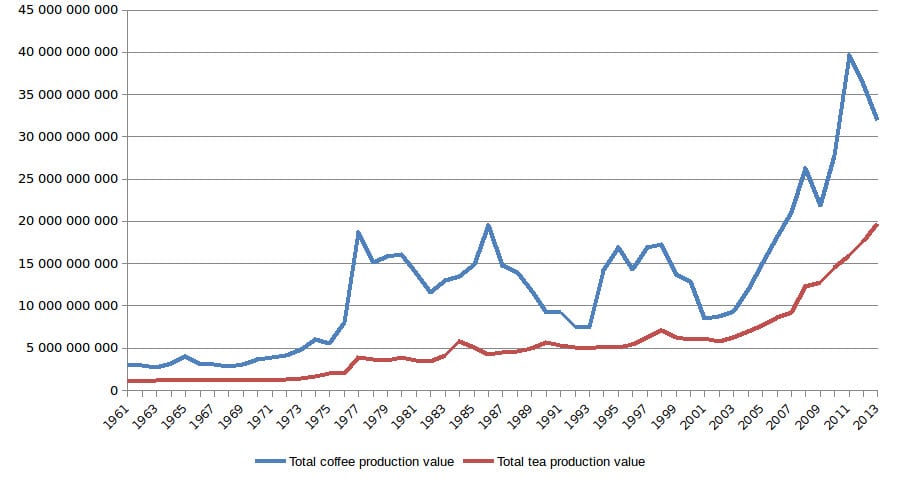
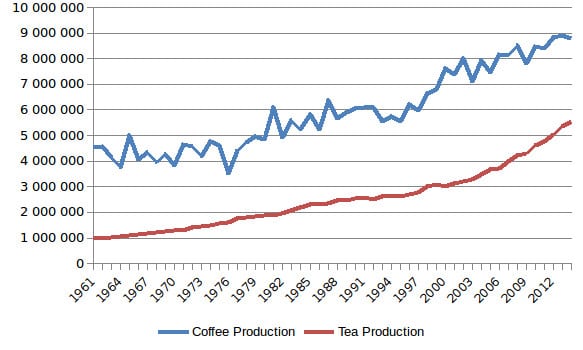


Recent Comments